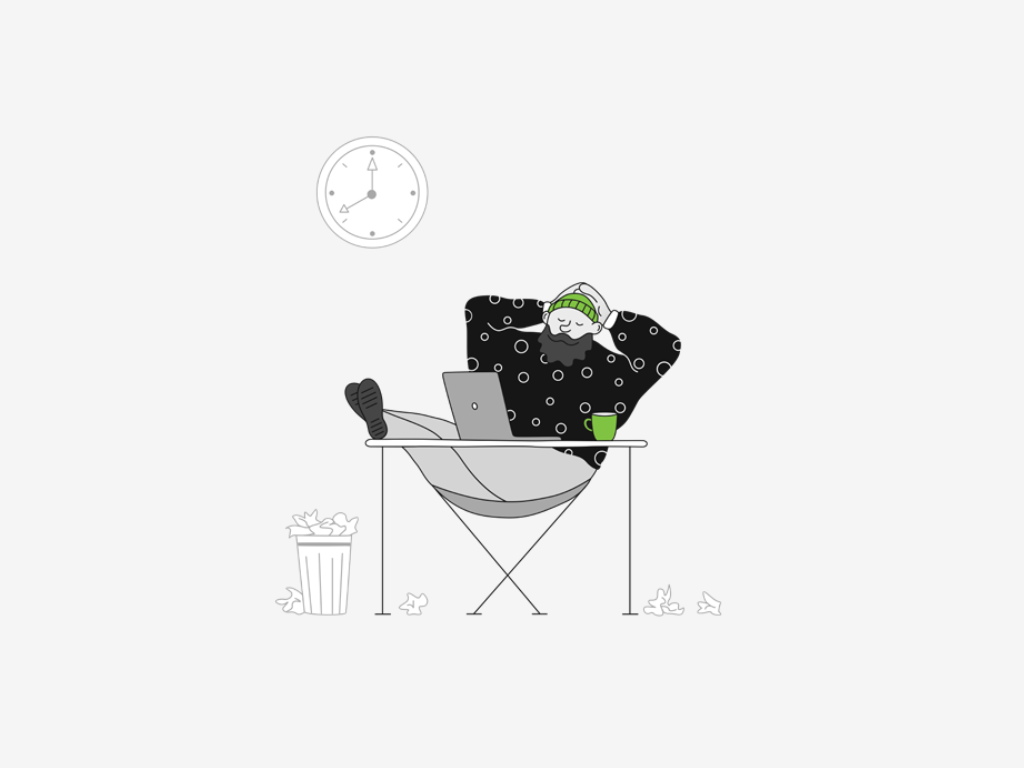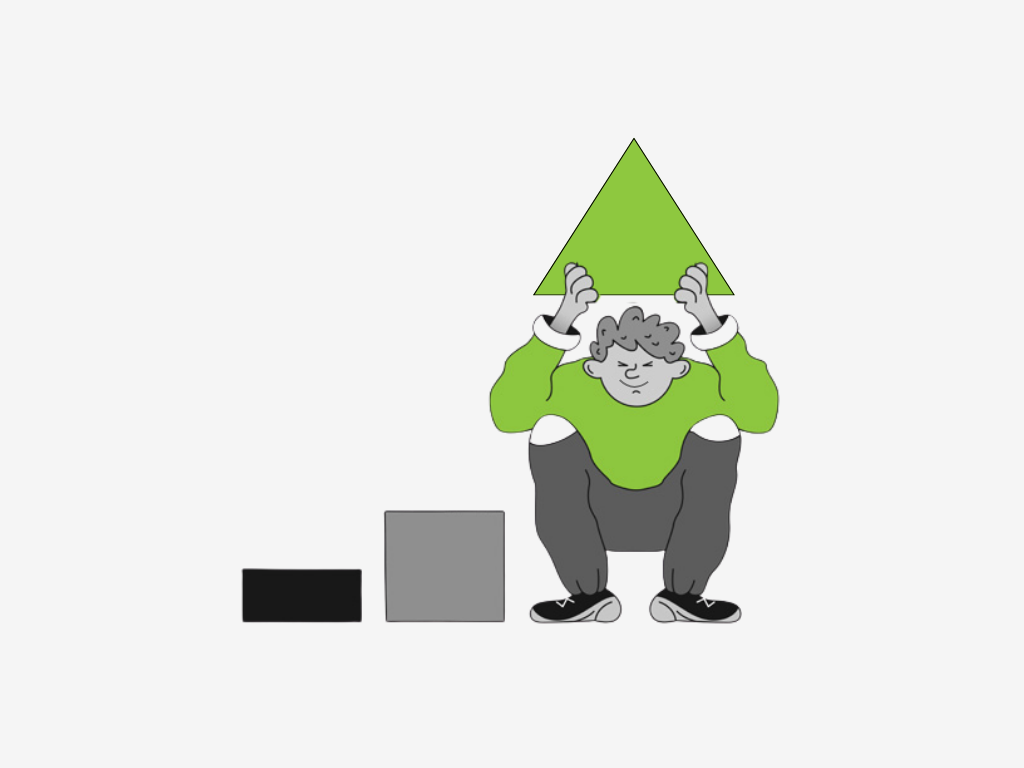Build it or Buy it? Making the Right Technology Decision for your Organization
Why Tech Strategy Is More Than a Technical Choice
For fundraising operations teams the decision to build solutions internally or take a market approach goes far beyond the technical specifics of the need. It’s a strategic crossroads that impacts everything from ROI and scalability to staffing and stewardship.
Lori Stirling, a Senior Managing Vice-President at BWF, has spent her career helping organizations navigate that decision, knowing it can shape the success or stagnation of teams for years ahead. Choosing the wrong path can lock teams into systems they can’t maintain or afford. Choosing the right one? It can unlock capacity, transform user experiences, and still fit within the existing ecosystem to ensure technical continuity.
Build vs. Buy: What Are You Really Solving For?
The first question Lori poses is a big one: Does your technology need to differentiate your organization, or just deliver core functionality? Rather than diving into features, Lori encourages teams to start with strategy. Align your tech with what you’re trying to accomplish as an institution, not just what you think you need today. Build vs buy is less about an absolutist approach but rather represents two extreme ends of a decision-spectrum.
A Framework for Deciding
To help teams make the right decision, Lori outlined a simple framework:
- Start with strategy, not software specs: What is the purpose of this tech? Who are the users? What impact do we want?
- Consider more than short-term costs: Total cost of ownership includes staff time, maintenance, and hidden trade-offs.
- Assess your internal capacity: Do you have the staff and tech expertise to build and maintain it long term?
- Think about scale and sustainability: Will the choice support you three years from now or slow you down?
- Reality check with your peers: Look at what similar institutions are doing and what they’ve learned.
Learning Lessons from the Field
Lori shared that many institutions default to building tools out of necessity or frustration. But too often, they later find that maintaining these custom solutions becomes unsustainable, especially as institutional priorities shift and staffing changes. What may have started out as an innovative endeavor driven by a small need can quickly metastasize into a high technical sunk cost that can trap an organization and staff.
On the other hand, buying isn’t a silver bullet either. Some vendor solutions are too rigid or misaligned with an organization’s internal processes. The key is choosing platforms that allow for some level of flexibility while offloading backend complexity.
Stewardship Starts with Strategy
The big takeaway from Lori's session is that software alone is not the solution. Tools thrive when the right structure, workflows, and reporting mechanisms are in place, regardless of whether they’re built or bought.
When it comes to fund management and donor reporting, teams need tools that do more than just track data. They need to empower staff to be proactive, automate compliance flags for deeper conversations, and help scale communicating impact to donors.
With the right mindset and decision-making framework, advancement teams can choose the path that delivers long-term impact, not just short-term fixes.
As Lori put it: “This isn’t just a tech decision. It’s an operations and leadership decision.”
(Download) → Build It or Buy It? A Tech Strategy Assessment Guide
Evaluate your readiness and decide if building or buying your next tech solution is the right move.
Continue the Conversation
→ Explore FundMiner Tools
Book some time with our team. See how leading institutions are simplifying fund management and amplifying impact.
→ Check Out Our Events
Visit our events page for more sessions like this.
And find us at in-person conferences to connect and continue the conversation.

.png)

